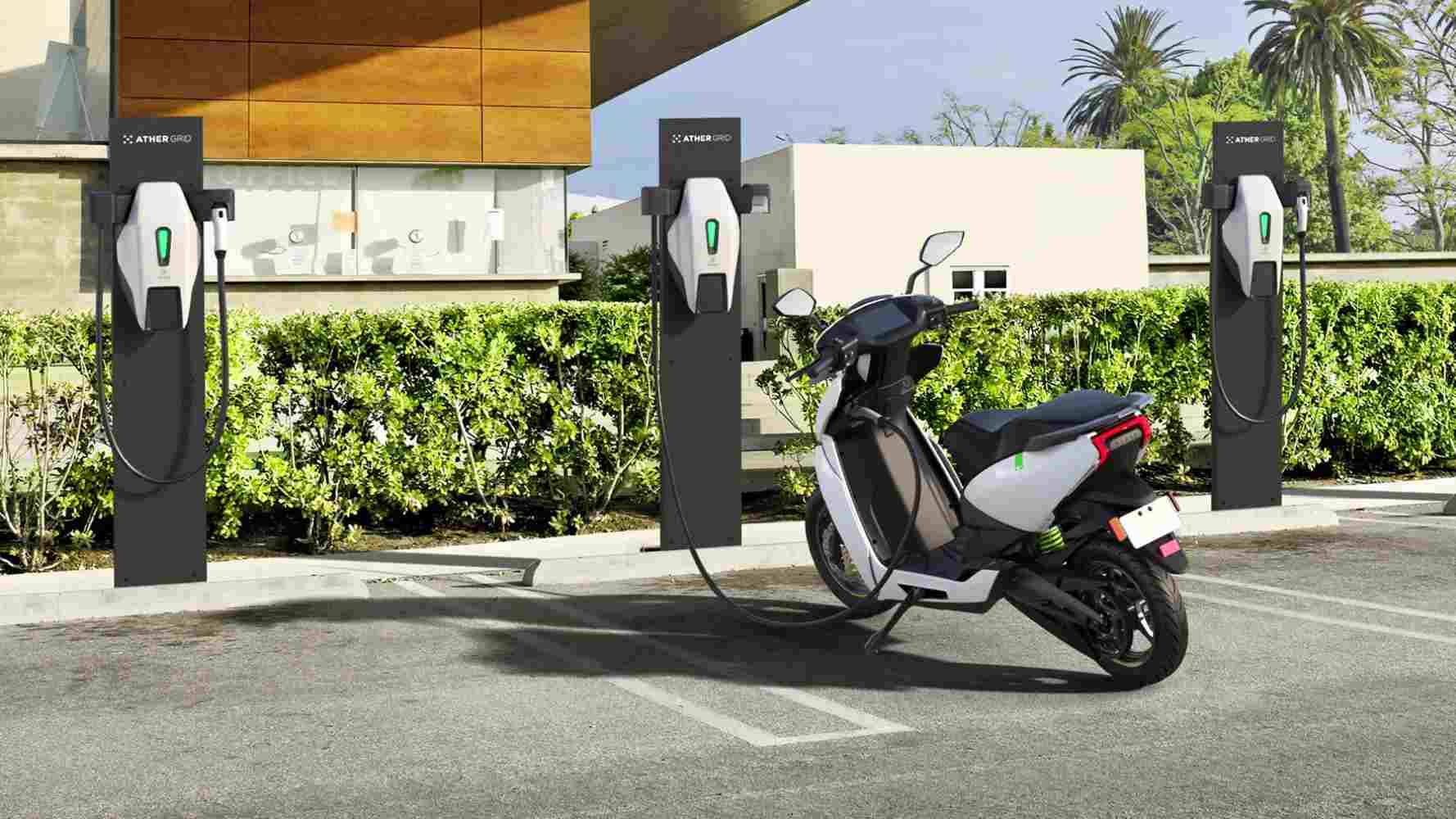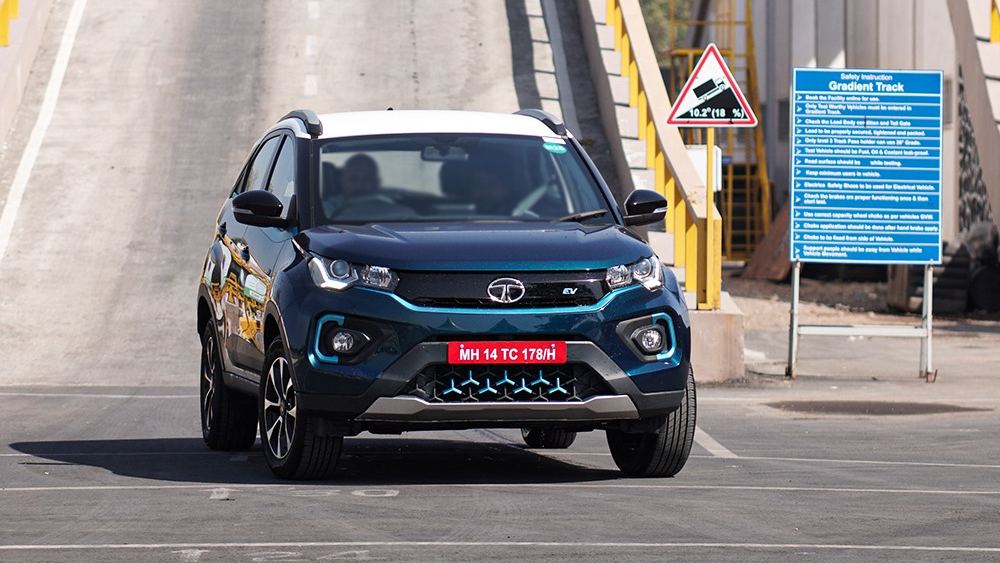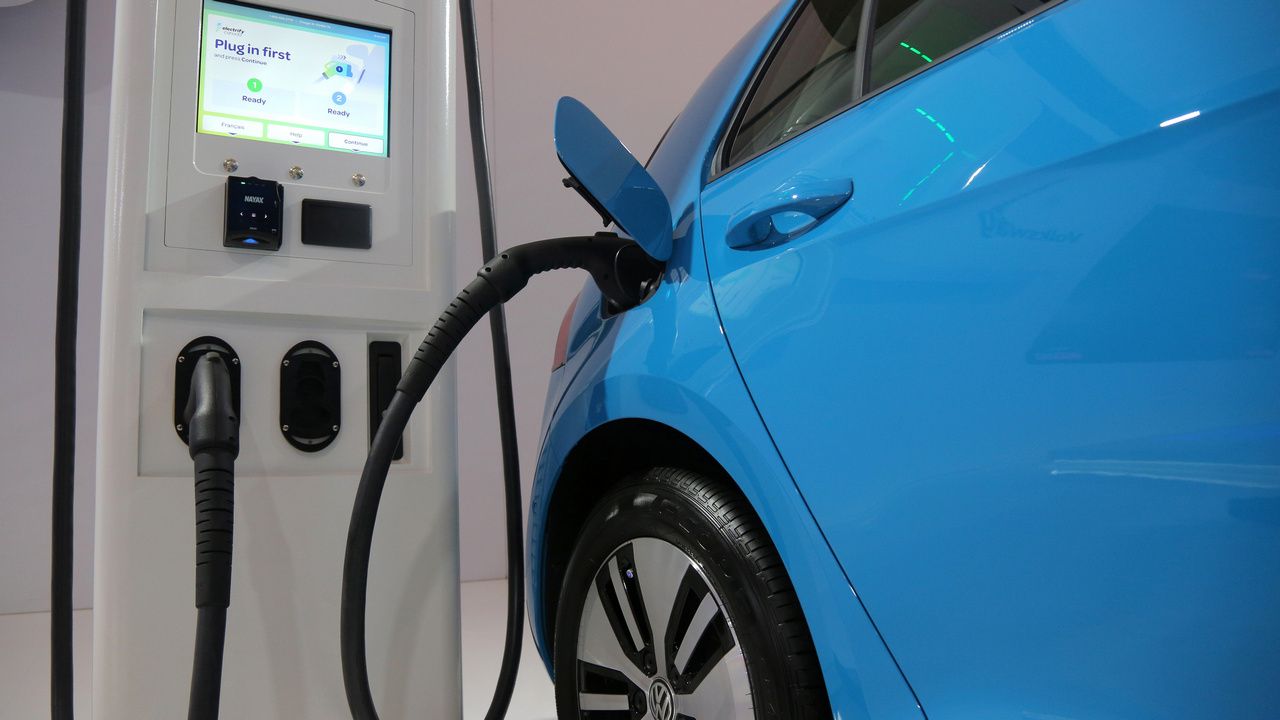Maharashtra EV policy 2021 explained: Subsidy increased, prices of EVs to fall sharply- Technology News, Firstpost
Amaan AhmedJul 13, 2021 20:24:02 IST
The state of Maharashtra has lofty ambitions of electrifying vehicles in the state, and to that end, has introduced the Maharashtra EV policy 2021; a revision of the policy introduced back in 2018. With an aim to make Maharashtra the “topmost producer of battery-powered electric vehicles in India” (basis annual production capacity) and aiming for electric vehicles (EVs) to make up 10 percent of all new vehicle registrations – around three lakh vehicles a year – in the state by 2025, the state government has rolled out a Rs 930 crore policy that’s valid till 31 March, 2025, and announced EVs will be exempt from road tax and registration charges.
The Maharashtra EV policy 2021 provides increased subsidy for both electric two-wheelers and electric cars and SUVs. Image: Tech2/Amaan Ahmed
Maharashtra EV policy 2021: Subsidy for electric two-wheelers
It is electric two-wheelers that account for the largest share of incentives as part of the revised Maharashtra EV policy 2021, as the government expects them to make up 10 percent of all new vehicle registrations in the state by 2025.
The state will subsidise the first 100,000 electric two-wheeler buyers, who are eligible for an incentive of Rs 5,000 per kWh of battery capacity (incentive limit: Rs 10,000; twice the previous cap of Rs 5,000). While that is lower than what the state of Gujarat has on offer, Maharashtra is offering an early bird incentive of up to Rs 15,000 (for an e-two-wheeler with a 3 kWh battery) for those who purchase the two-wheeler before 31 December, 2021. This means provided the chosen e-two-wheeler has a battery capacity of close to 3 kWh, buyers will be eligible for a total benefit of Rs 25,000 this year.

Two-wheelers with a battery capacity of up to 3 kWh will be eligible for a total incentive of Rs 25,000 in 2021, which drops to Rs 10,000 starting January 2022. Image: Ather Energy
Those buying an e-two-wheeler in 2021 will make the most of the policy. The Ather 450 Plus – which is currently priced at Rs 1.23 lakh – would effectively be priced at around Rs 98,231 for those who buy it before the end of the calendar year. Similarly, the Ather 450X – currently priced at Rs 1.42 lakh – would see its price drop to Rs 1.17 lakh for the remainder of 2021. The Revolt RV400 electric motorcycle – currently priced at Rs 1.08 lakh – would see its price effectively reduced to around Rs 83,000. With road tax and registration waived, their on-road prices would be quite close to their ex-showroom cost. There’s also a scrappage incentive of Rs 7,000 on offer.
All incentives will be handed directly to the manufacturers of these vehicles, to save buyers the hassle of coordinating with government offices to receive their subsidy. Additionally, manufacturers of e-two-wheelers will also receive an additional incentive of up to Rs 12,000 for providing a minimum five-year warranty on the battery and an assured buyback scheme.
Maharashtra EV policy 2021: Subsidy for electric cars and SUVs
The base incentive for electric cars and SUVs as per the Maharashtra EV policy 2021 is the same as for e-two-wheelers – Rs 5,000 per kWh of battery capacity. However, the subsidy can be availed by vehicles with a battery capacity of up to 30 kWh, which spells a total incentive of Rs 1.5 lakh (Rs 50,000 higher than the previous limit). That is on par with what Gujarat and Delhi have to offer, but once again, sweetening the deal is the early bird incentive. For those who buy an electric car or SUV before 31 December, 2021, there’s an additional incentive of up to Rs 1 lakh, which brings the total subsidy up to a substantial Rs 2.5 lakh.

The price of the entry-level Tata Nexon EV is set to drop to Rs 11.50 lakh for the remainder of 2021. Image: Tata Motors
While it’s unclear at this point if there is a fixed cap to determine eligibility of electric cars for the subsidy, it’s unlikely that vehicles costing more than Rs 15 lakh will be eligible for the incentives. However, EVs under the Rs 15 lakh mark – the Tata Tigor EV and two variants of the Tata Nexon EV – will see their prices drop by a huge margin.
At least for the remainder of 2021, prices of the Tigor EV will drop by a little over Rs 2 lakh, which would mean the electric compact sedan would be priced between Rs 8.5 – 8.9 lakh. Similarly, the base Tata Nexon EV XM version will see its price drop from Rs 13.99 lakh to about Rs 11.49 lakh – a straight reduction of Rs 2.5 lakh.
Mind you, these prices will again immediately rise by Rs 1 lakh on 1 January, 2022, once the early bird incentive is no longer on offer. Additionally, there’s a scrappage incentive of Rs 25,000, but there’s no incentive for manufacturers providing assured buyback or battery warranty.
Maharashtra aims to subsidise 10,000 electric car and SUV buyers under the revised policy and hopes electric cars will make up five percent of new vehicle registrations in the state by 2025. To that end, it has announced any new vehicles inducted into the government fleet starting April 2022 will be electric-only.
Maharashtra EV policy 2021: Charging infrastructure incentives and guidelines
Maharashtra is working to develop a comprehensive charging network across the state, and is targeting setting up around 2,500 charging stations in seven urban agglomerates in the next four years. 1,500 of those are to be set up in the Greater Mumbai region; 500 in Pune, 150 each in Nagpur and Nashik, 75 in Aurangabad, 30 in Amravati and 20 in Solapur. The establishment of these stations will cover four major highways – Mumbai-Pune, Mumbai-Nashik, Mumbai-Nagpur and Pune-Nashik.

The first 500 fast chargers to be installed in the state will be eligible for an incentive of up to Rs 5 lakh. Image: Reuters
Those setting up the first 15,000 slow chargers will be eligible for an incentive of up to Rs 10,000 per charger, and those establishing the first 500 fast chargers will be eligible for a subsidy of up to Rs 5 lakh per charger. Additionally, the policy states urban local bodies will be encouraged to provide property tax rebates to residential owners for setting up private charging infrastructure on their premises.
To further promote EV adoption, the government has made it mandatory for all upcoming property projects to have dedicated, EV-ready parking spaces to the tune of 20 percent in residential apartments, 25 percent in institutional and commercial complexes and 100 percent in government offices.
Maharashtra EV policy 2021: Gigafactory planned, push for electrifying public transport
As part of its EV policy 2021, Maharashtra will also offer supply-side incentives, which haven’t been disclosed at this time. However, the state has revealed it will incentivise setup of EV production facilities, advanced chemistry cell battery factories, EV component manufacturing plants. Maharashtra has stated it is targeting the establishment of at least one Gigafactory, and has also welcomed a facility for manufacturing hydrogen fuel cells. Recently, Reliance Industries had announced it will set up a hydrogen fuel cell Gigafactory in Jamnagar, Gujarat.
Additionally, Maharashtra is targeting electrification of 25 percent of all public transport and last-mile delivery solutions over the next four years in Greater Mumbai, Pune, Nagpur, Nashik and Aurangabad. 15 percent of all MSRTC buses will be electrified by 2025. The government is also offering incentives of up to Rs 30,000 for e-three-wheelers (Rs 75,000 in 2021) and Rs 20 lakh for electric buses. EVs sold without a battery will only be eligible for 50 percent of the proposed incentives.
Also read: Gujarat EV policy 2021 explained – Electric vehicle prices to be among the most affordable across India in Gujarat
{n.callMethod? n.callMethod.apply(n,arguments):n.queue.push(arguments)}
; if(!f._fbq)f._fbq=n;n.push=n;n.loaded=!0;n.version='2.0'; n.queue=[];t=b.createElement(e);t.async=!0; t.src=v;s=b.getElementsByTagName(e)[0]; s.parentNode.insertBefore(t,s)}(window,document,'script', 'https://connect.facebook.net/en_US/fbevents.js'); fbq('init', '259288058299626'); fbq('track', 'PageView');
For all the latest Technology News Click Here
For the latest news and updates, follow us on Google News.
